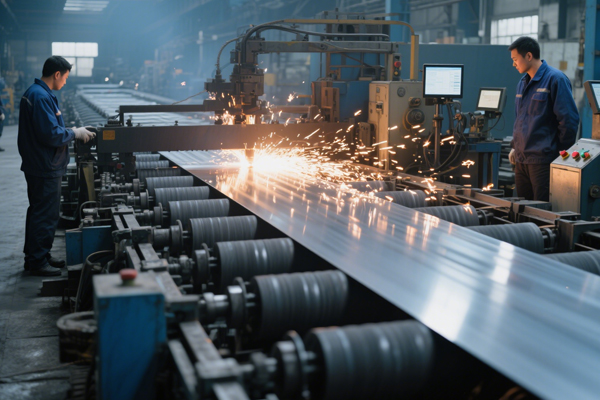International Steel Market Daily: Domestic Steel Demand Rebounds, Russian Hot Coil Exports Remain Calm
In the past week, due to the strong performance of the domestic flat material market in Russia, most suppliers have not yet turned to the export market, resulting in a relatively calm export market.
It is understood that the latest quotation from Russian steel mills is between 565 to 575 US dollars per ton FOB, and buyers estimate that the available price is between 535 to 545 US dollars per ton FOB. On Tuesday, Mysteel assessed the price of the CIS export heatwave as $545-565 per ton FOB Black Sea, which was unchanged from the previous day.
In addition, competition between suppliers in Russia and Asia is becoming increasingly fierce, with the mainstream export hot coil price in China being $540/ton FOB, which to some extent hinders Russian steel mills from returning to the export market.
This year, domestic steel demand in Russia has rebounded. From January to September 2023, due to an increase in public spending and regulatory measures taken by various enterprises towards sanctions, consumption in Russia’s domestic construction and machinery manufacturing industries increased significantly, and the demand for steel increased to over 35 million tons, an increase of 7% compared to the same period last year. The construction industry consumed 27.4 million tons, accounting for 78% of the total, a year-on-year increase of 9%. However, the demand for steel in the energy and oil and gas industries decreased by 3% year-on-year, from 4.3 million tons in the same period last year to 4.2 million tons.
However, the macroeconomic situation in Russia has not improved. Since the Russian Central Bank raised interest rates from 13% to 15% on October 27th, local commercial real estate has been affected to some extent. The federal government predicts that Russia’s economic expenditure in 2024 will be the lowest since 2007, with a total allocation of 3.93 trillion rupees (approximately $42 billion), accounting for 10.7% of total expenditure or 2.2% of expected GDP. From 2015 to 2021, public expenditure accounted for an average of 15.2% of the budget and 2.8% of GDP.
But as winter approaches, it is expected that domestic steel demand in Russia will gradually decrease, and export market sentiment may improve in the short term.







